'From avid gardeners to novices who aren't sure how to get started, AI can be a helpful tool' – how gardeners can use artificial intelligence in their backyards
AI has become something of trigger phrase, but experts say it's becoming one of the most useful things we can use in the garden
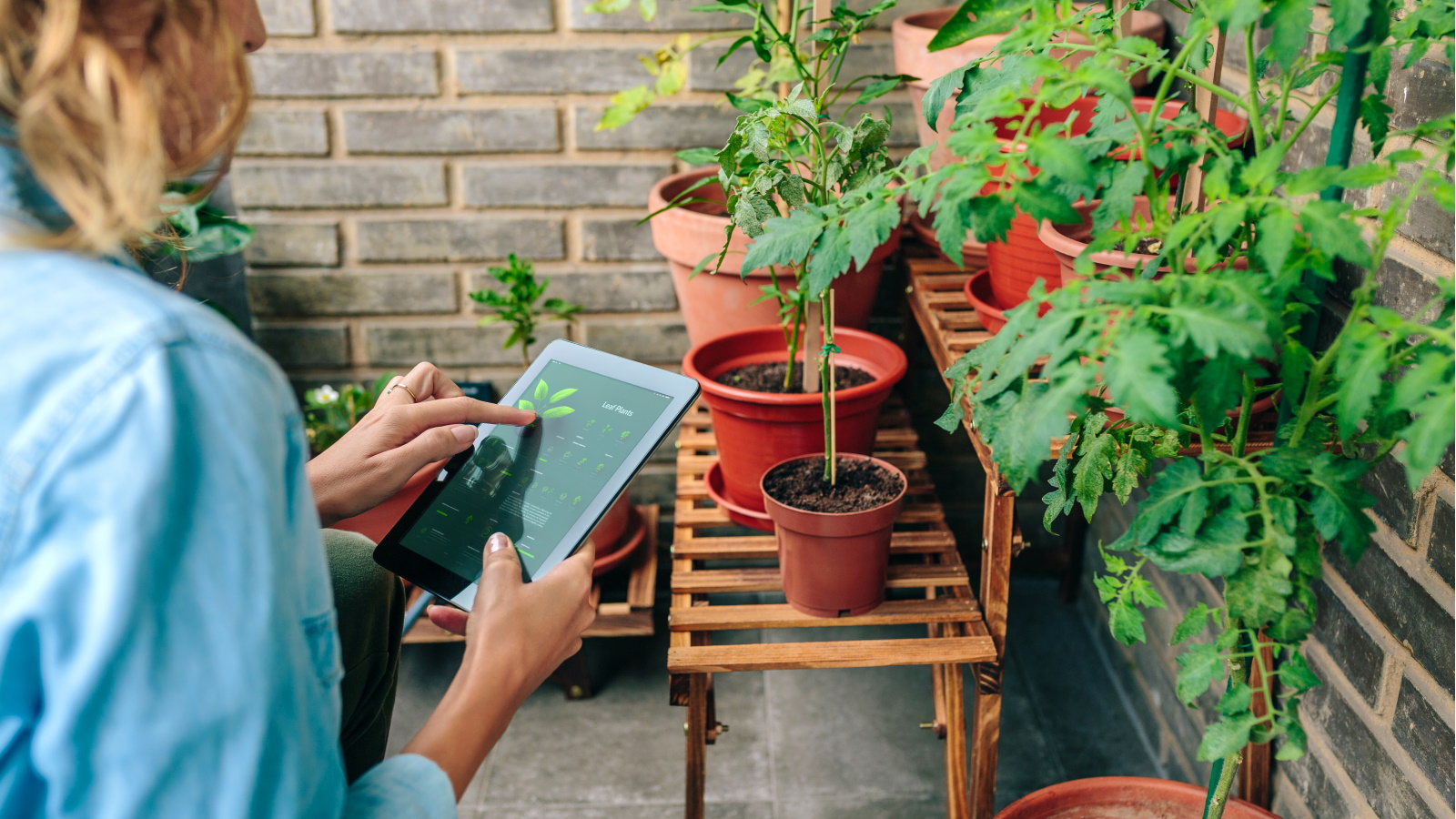

Once an unfamiliar concept that sounded like something out of the future, AI - or artificial intelligence - is now a hot topic of discussion in nearly all aspects of modern society. It isn't necessarily a new thing either, as we have already been using different forms of AI in our everyday lives for many years. From facial recognition on our phones, to online shopping recommendations and the best home tech, all of it is assisted by AI technology - and it doesn't stop there.
The use of AI in gardening has increasingly been adopted and discussed within the horticulture industry. You might have even already started using AI to assist with your gardening tasks if you've downloaded the best gardening apps to advise you on plant care. Even some hydroponic gardening practices involve integrated AI.
I sat down with Pam Maynard, CEO of global IT professional services company, Avanade, and Chair of the Royal Horticultural Society's Council Technology Group, to discuss how AI in gardening should be seen as an opportunity. Part of Pam's work involves consulting the RHS' use of technology and AI in achieving its strategy and sustainability goals. Here, I share some key ways Pam notes home gardeners can use artificial intelligence for everyday gardening in the backyard.
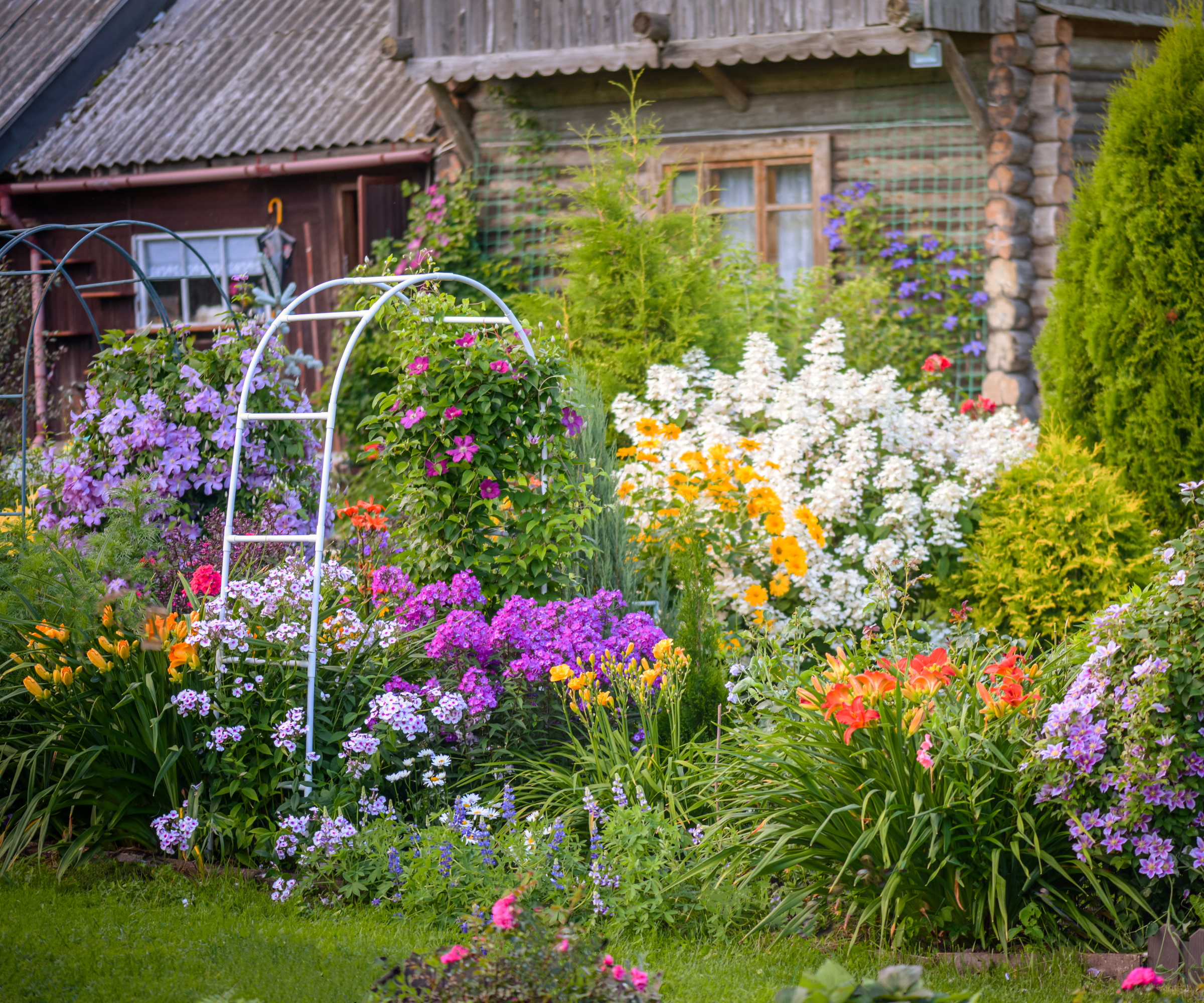
3 ways to use AI in gardening
'AI and horticulture are really starting to come together. The lessons that are being learned from experiences in industrial horticulture are starting to translate more and more into what it means for the day-to-day gardeners,' Pam tells me.
It's an exciting time to be a gardening enthusiast, as AI technology can help in the yard in a number of ways, from providing you with information to actually lending a helping hand with manual tasks.
Here are three ways Pam notes AI can be used by home gardeners:
AI can help gardeners better understand their local climate
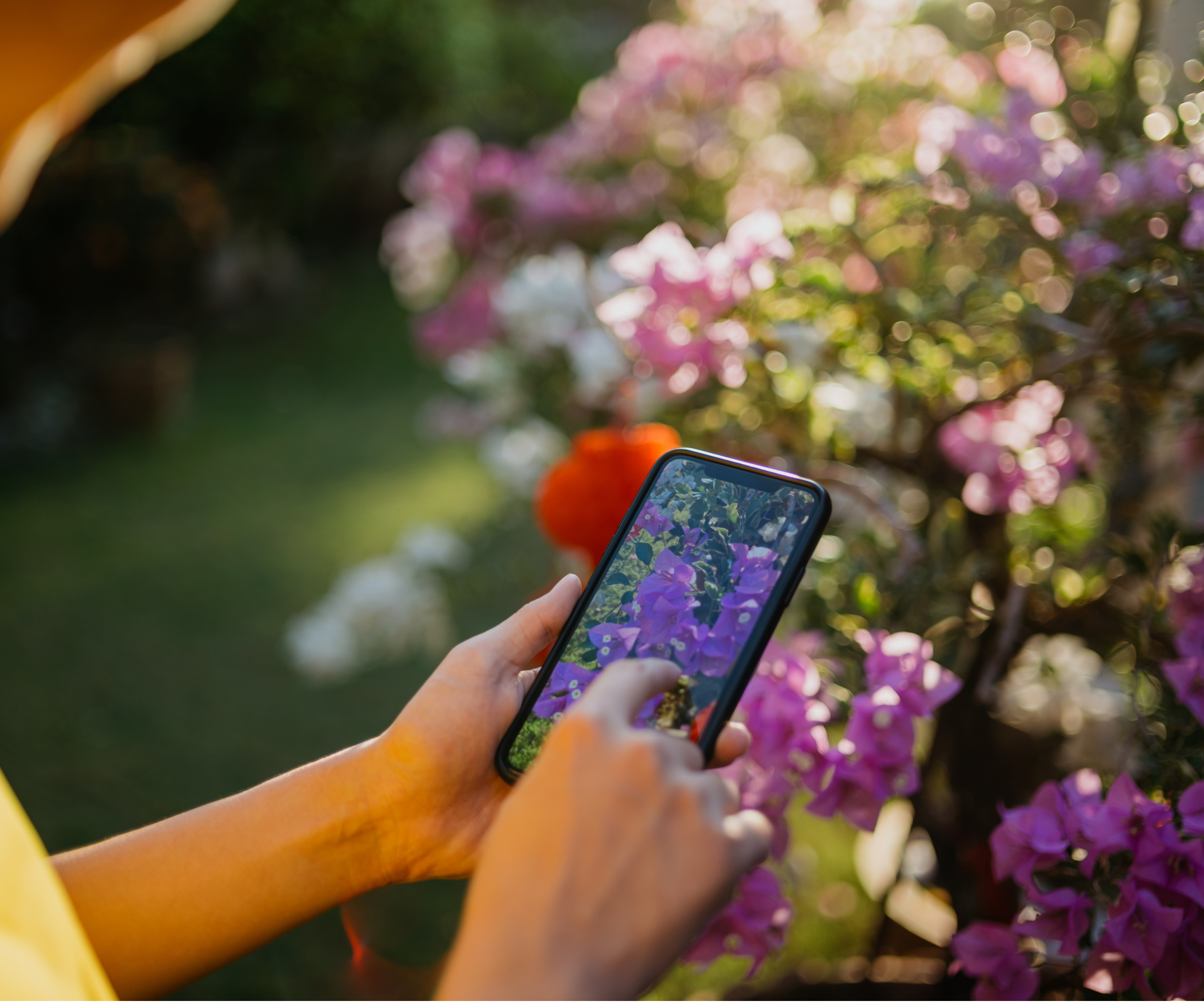
Perhaps the most commonly adapted form of AI used by home gardeners is plant care apps and online software to find solutions to queries.
'Applications like ChatGPT can actually help you to identify plants and suggest which ones to grow based on your garden preferences and the characteristics of your yard,' says Pam.
There's a real opportunity for gardeners to use artificial technology like this to help them understand what will grow well in their yards before they get planting. This is especially useful when thinking about the vast differences of gardening in different US hardiness zones.
'I lived in the US for three years and I couldn't believe how different the climates are in the different states,' says Pam. 'For each local area, you have to ask about the soil type and quality. What are the environmental issues? What does that mean, therefore, in terms of the irrigation needs and potential diseases?'
Using historic and real-time data, Pam explains that AI-assisted software, like in apps, are able to help gardeners get a real understanding for what will grow well in that exact location. 'AI can play a part in all of that - from avid gardeners to novices who aren't really sure how to get started, AI can be a helpful tool,' says Pam.
Andrew Levi, CEO of mobile plant care platform PlantTAGG, shares how they have been able to use AI to support gardeners across North America.
'Our plant data was initially sourced from several leading US horticulture institutions and has been augmented using AI,' says Andrew. 'PlantTAGG can predict with high accuracy if a plant will live or die based on where it will be planted.'

As CEO of Avanade, Pamela Maynard is passionate about building a people-first culture for Avanade’s 50,000+ global employees while driving sustainable, responsible growth centred around client success. A veteran of the technology industry, Pamela has dedicated her 25+ year career to helping clients rethink their business strategies by harnessing the power of digital innovation to renew and grow their businesses. Pam is also Chair of the RHS' Council Technology Group.

Andrew Levi is the founder and CEO of PlantTAGG, based in Dallas, Texas. He has spent his entire professional career building and growing technology companies with a focus on startups with a mission to change, evolve and disrupt.
Concerns over chatbot accuracy
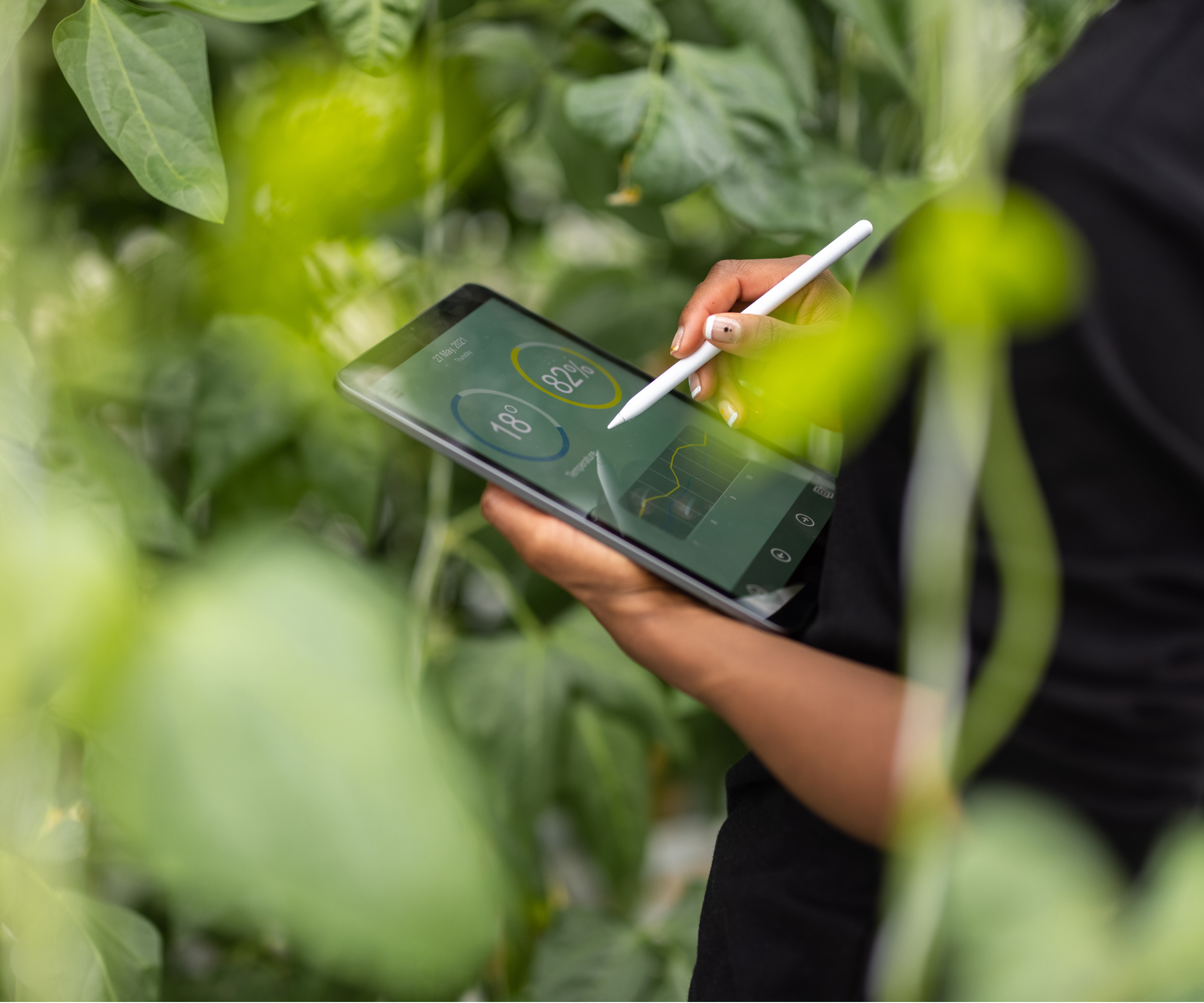
It's important to also note that many gardeners have been concerned over the accuracy of AI-assisted plant care information.
'If you’re a home gardener leveraging AI to make your gardening experience better, be aware that no two AI are the same and look for names and sources you can trust,' says Kevin Cramer from Bloomin’ Easy Plants, which has recently launched an AI plant support team member named Daisy Digs.
Master gardener Mary Jane Duford from Home for the Harvest notes that when she has added plenty of context to a query, including attaching images, answers and solutions from chatbots have been more tailored to her questions.
'While data accuracy is always a concern, generative chatbot technology is producing much better quality answers to basic gardening questions than was possible even a few years ago,' says Mary.
Using generative AI for automated answers and images is a helpful tool in many respects, but Pam does note that there is a need for responsible AI use.
'We need to think about which AI discipline is best used to help in a particular situation and generative AI isn't always the answer,' Pam says.
'From a Council Technology perspective, we need to ask how we're really making sure that people are using AI in the best possible way, with an eye to data privacy, with an eye to just being transparent around results.
'There's also just getting the balance right in terms of how much AI you use, what disciplines of AI you're using and bear in the mind the challenges of using it,' she adds.

Mary Jane Duford is a certified master gardener and founder of Home for the Harvest. A qualified engineer, her expertise often intertwines with gardening methodologies. In addition to hydroponics, Mary Jane has extensive knowledge of sustainable gardening practices, soil science and selecting cultivars well-suited to home gardeners.
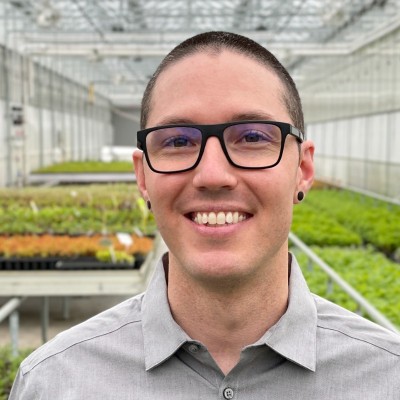
Kevin Cramer is the Marketing Manager for Bloomin’ Easy Plants, Inc. For nearly ten years, he has used his passion for cool new plants and marketing to help bring Bloomin’ Easy to garden centers, landscapes and homes across every region of the United States and Canada.
AI can assist manual gardening jobs

What if I told you that you can get stripes mown into your lawn and can water your plants without even needing to lift a finger? Well, thanks to AI technology, Pam notes, gardeners can have help with what were previously very manual jobs.
'There's an opportunity in using AI for automation. For example, irrigation systems that use sensors and can therefore apply the proportion of water needed, taking into account the weather and how much moisture is already in the soil,' says Pam.
Irrigation systems, such as this irrigation system from Amazon, can be particularly useful during an unusual season where rainfall differs day-to-day, removing the need for you to know when to water your plants.
Similarly, you can use a robot lawn mower which uses AI to map out the lay of your lawn and at what length to cut your grass - like this robot lawn mower with AI-assisted mapping from Amazon.
Nevertheless, Mary Jane Duford notes there is still scope for development. 'There are certainly quite a few areas where AI-powered apps cannot yet help gardeners. You still need to do a laboratory soil test to determine nutrient content and horticulturalists still take plant tissue samples, for example,' she says.
AI can enhance garden design

Of course, another element of AI in gardening is how it can be used for garden design. Perhaps the most common type of AI that comes to mind is generative AI, which is increasingly being used by creatives to help come up with new ideas and concepts.
'I believe garden designers are already using AI across different disciplines,' Pam tells me. 'It could be from the perspective of just garnering ideas, using AI to help to ideate and speed up that initial creative process and then allowing the designer to add their own flair.'
AI technology can also be used when designing for a very specific backyard space, once again looking at factors like soil type and local climate.
'It could be from the perspective of coming up with ideas around planting based on the preferences of the people you're designing for,' notes Pam. 'The designer can get some input and some ideas from AI - it's almost like you're ideating with a partner.'
Mary is a gardener who enjoys making the most of AI tools. 'I currently use AI to create inspirational images. I love trying to describe what I can see in my mind's eye and then trying to craft a prompt that creates a similar result,' she says.
In this sense, there is also the potential for AI to help home gardeners who don't know where to get started with designing their outdoor space. 'I think there's scope for an AI platform that designs personalized plant décor setups, and users can purchase complete kits that include plants, pots and décor items,' says Marek Bowers, founder Bolder Green and a user experience design consultant who has focused on AI for the past couple of years.

Marek is a sustainable landscaper and an expert on California and Colorado low-water rebates. Marek's website, Bolder Green, is a guide to eco-friendly gardening. Through his articles on drought-tolerant landscaping and xeriscaping, readers will learn how to design stunning gardens that conserve water and support wildlife, all while adding beauty to their outdoor spaces. Marek has also been a user experience (UX) design consultant for 16 years with the last two years focused on AI.
AI-assisted design with sustainability in mind

The other element to using AI for garden design is its potential to help achieve sustainable gardening goals. 'If you think about the RHS Chelsea Flower Show, it's one of the requirements for designers to demonstrate how the garden is contributing to the environment from a sustainability perspective. So again, AI is helpful for getting ideas around sustainability opportunities for a particular garden design,' says Pam.
It can even be things as simple as AI helping gardeners identify the best plants to futureproof their space. 'For the eco-conscious and sustainable gardener, AI-driven services that identify native plants suitable for a user’s specific region and living conditions can be helpful,' says Marek.
FAQs
How environmentally-friendly is AI gardening technology?
AI is increasingly being used in gardening. From apps to automated tools, AI can be beneficial to gardeners in many ways. However, like any gardening action, there is a concern about the environmental impact of AI.
'AI processes use large data sets in data centers and therefore can require a lot of power,' explains Pam Maynard, CEO of global IT professional services company, Avanade, and Chair of the Royal Horticultural Society's Council Technology Group.
'One of the ways it can be made more environmentally friendly is instead of using very large language models, use smaller language models which use less power,' says Pam. 'AI can help us with solutions for climate change, but it's also important to minimize its own impact on the environment. It's about getting a balance.'
There are lots of ways AI technology is integrating home gardening, many of which you may have already be using without realizing. It can be a beneficial tool in many ways and might just be the future of gardening.
If you're interested in other ways AI can be used in our day-to-day lives, you might also like our piece on AI in interior design and using this technology in our homes.
Sign up to the Homes & Gardens newsletter
Design expertise in your inbox – from inspiring decorating ideas and beautiful celebrity homes to practical gardening advice and shopping round-ups.

Tenielle is a Gardens News Writer at Homes & Gardens. She holds a qualification in MA Magazine Journalism and has over six years of journalistic experience. Before coming to Homes & Gardens, Tenielle was in the editorial department at the Royal Horticultural Society and worked on The Garden magazine. As our in-house houseplant expert, Tenielle writes on a range of solutions to houseplant problems, as well as other 'how to' guides, inspiring garden projects, and the latest gardening news. When she isn't writing, Tenielle can be found propagating her ever-growing collection of indoor plants, helping others overcome common houseplant pests and diseases, volunteering at a local gardening club, and attending gardening workshops, like a composting masterclass.
-
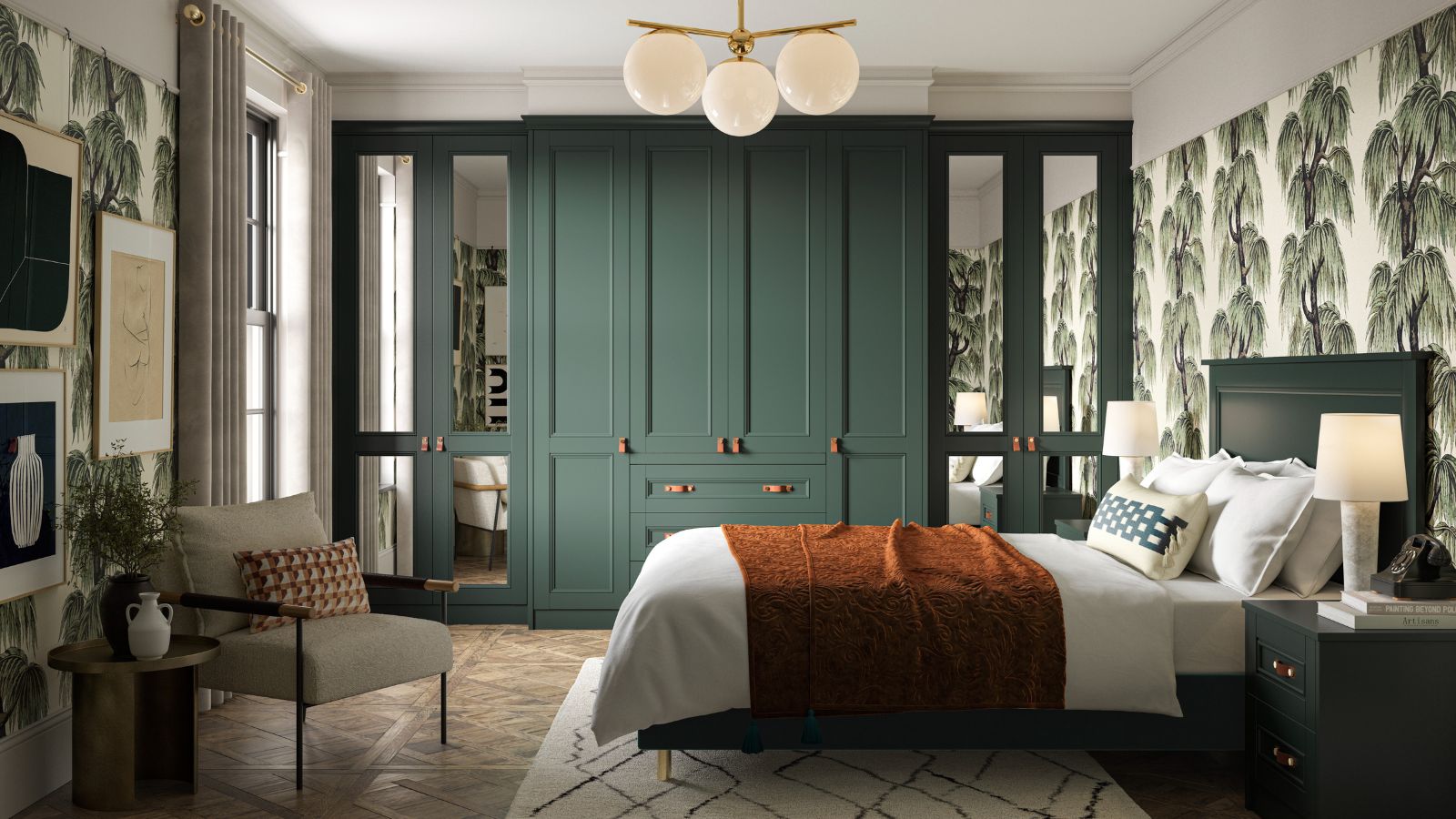 Is this the end of built-in bedroom furniture? Designers decide if this once-loved feature will in fact date your space
Is this the end of built-in bedroom furniture? Designers decide if this once-loved feature will in fact date your spaceWill we be saying goodbye to built-in wardrobes, shelves, and drawers this year? We spoke with interior designers to see if this classic carpentry style will continue to be featured in bedrooms
By Eleanor Richardson
-
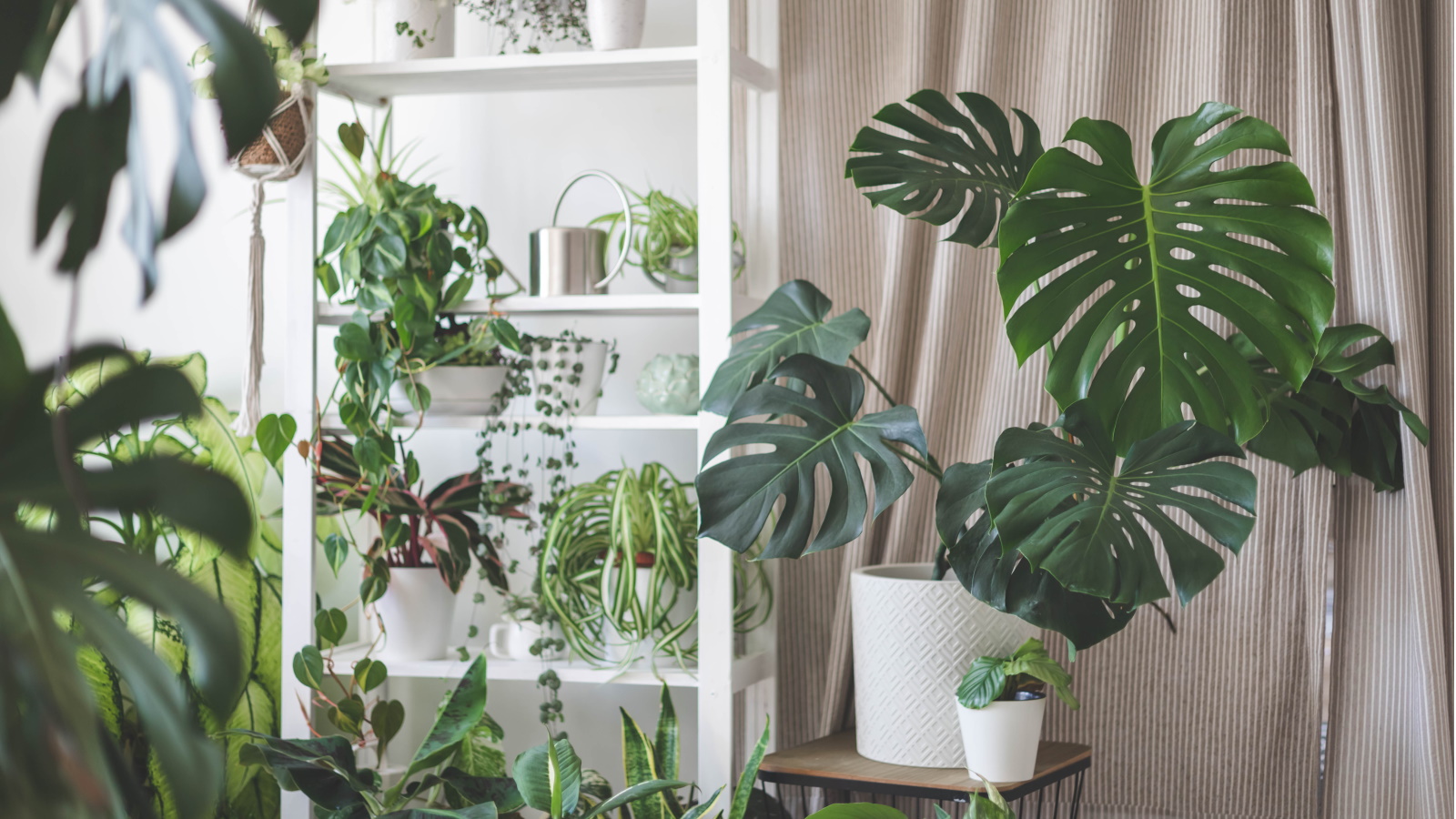 These are the worst houseplants for beginners – experts reveal 5 difficult plants to avoid, plus easy alternatives to choose instead
These are the worst houseplants for beginners – experts reveal 5 difficult plants to avoid, plus easy alternatives to choose insteadCaring for these houseplants successfully requires a lot of of TLC
By Tenielle Jordison